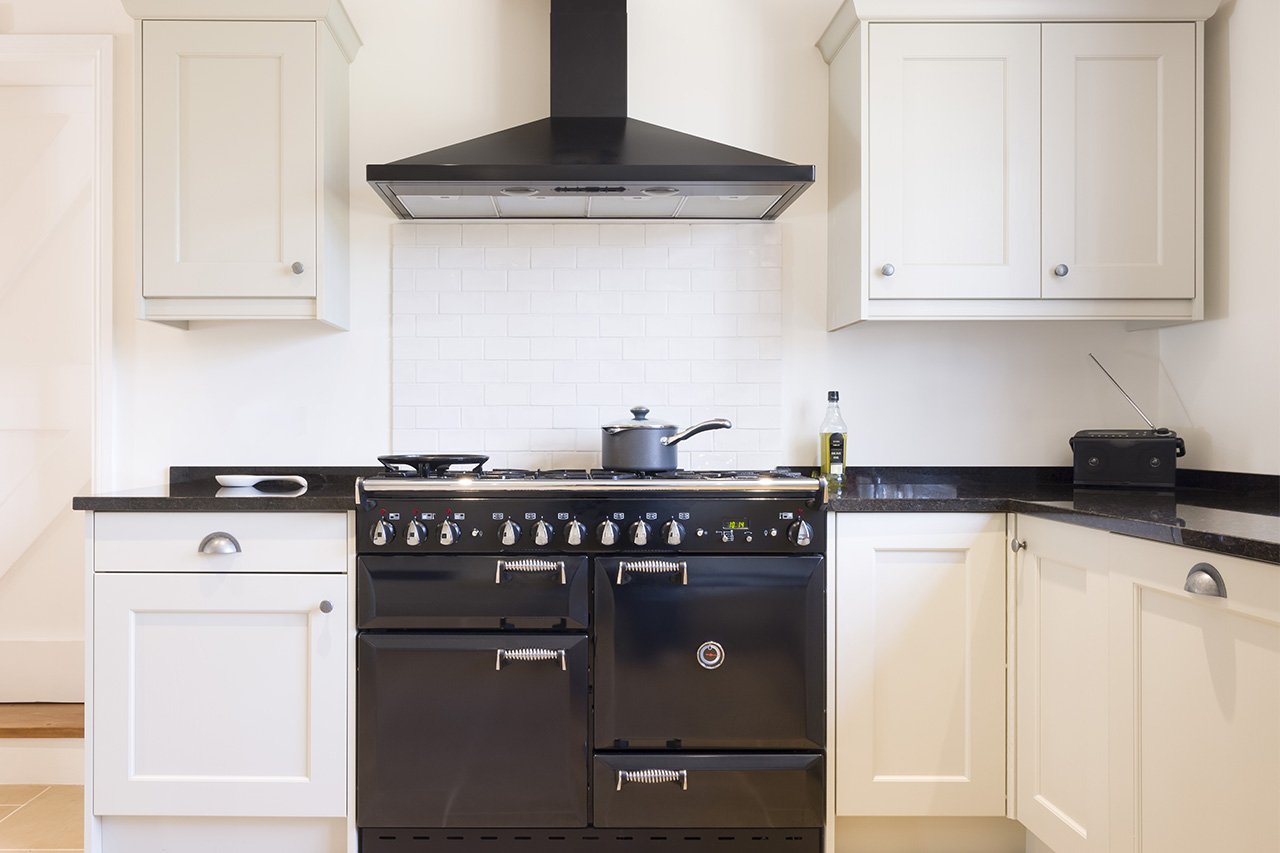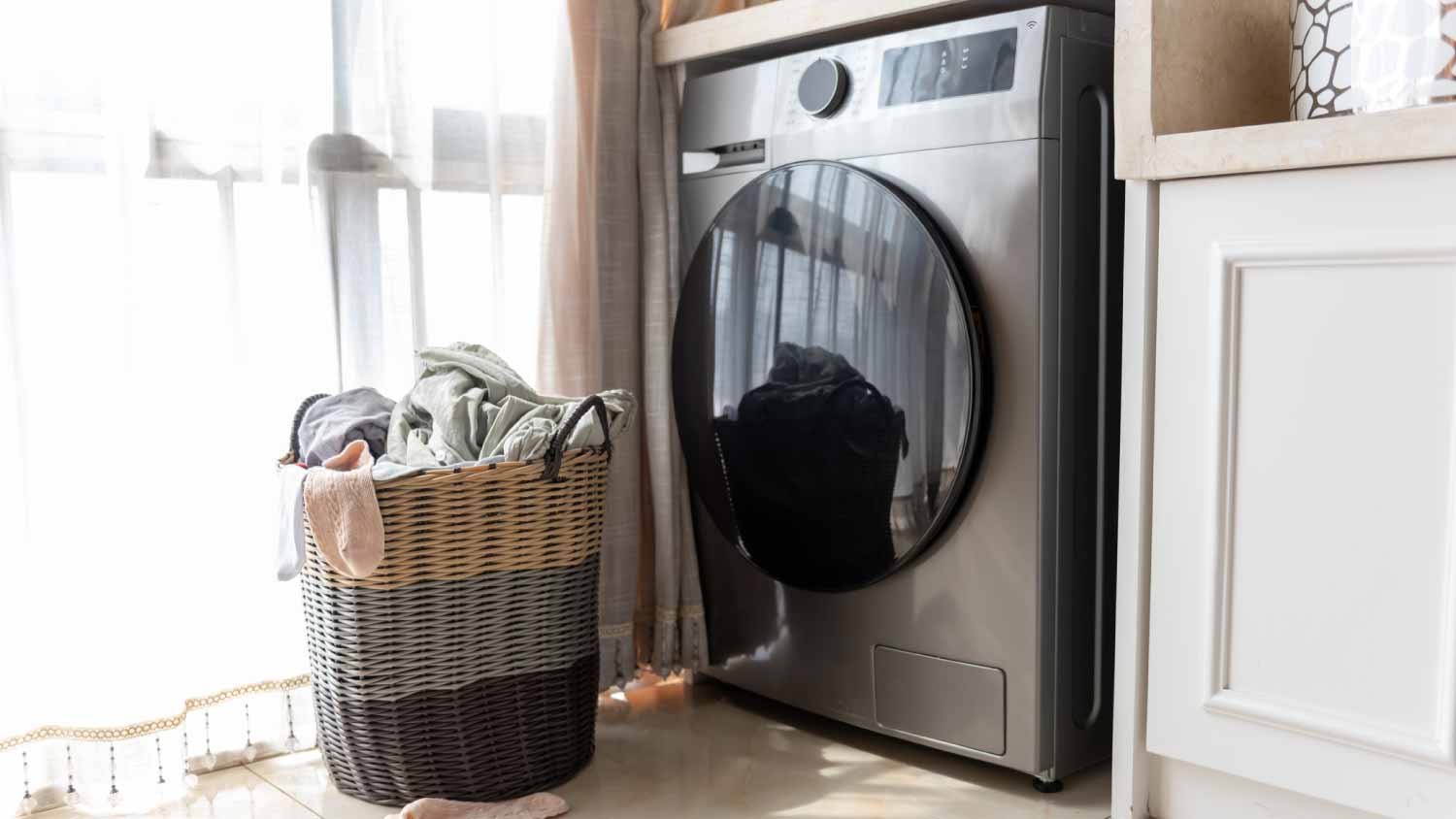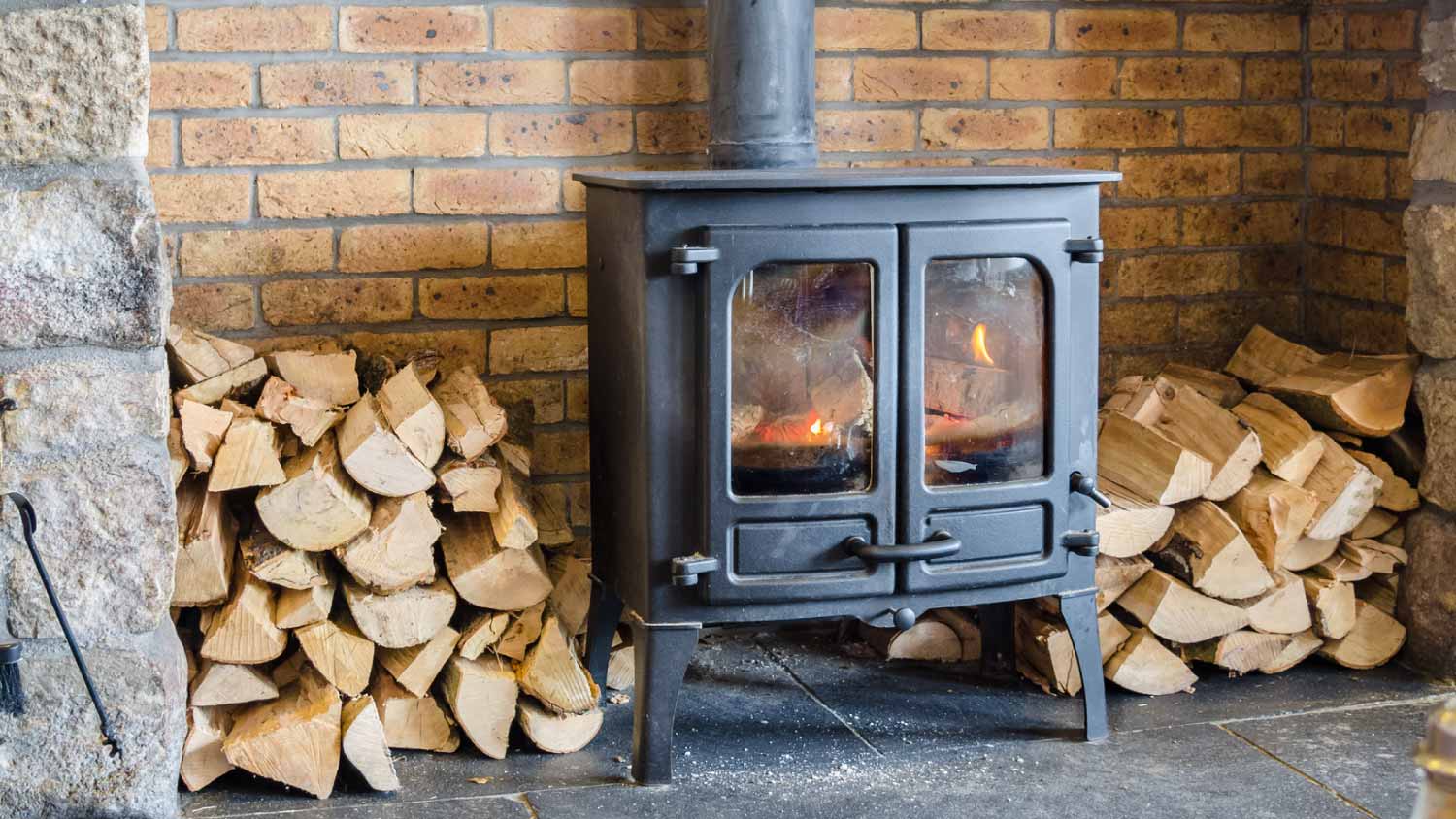How Much Does Appliance Refinishing Cost? [2025 Data]
Refinishing dated appliances will cost about $149 to $534, depending on the type of appliance and what coating you choose.


Refinishing appliances costs an average of $340, although costs may range from $149 to $534. The typical cost range for labor and materials is $150 to $700. Over time, your appliances may begin to look dull and dated. Refinishing appliances by painting them or adding a fresh porcelain enamel coating is a cost-effective way to upgrade your home without the higher cost of purchasing all new appliances.
How Much Does Appliance Refinishing Cost by Appliance?
The cost to refinish appliances primarily depends on the number of cans of appliance-friendly spray paint required for the appliance. Plus, appliances that get hot, like ovens or dryers, will require specialty, high-heat paint, which can cost more than regular appliance paint.
| Appliance | Average Cost |
|---|---|
| Refrigerator | $150–$300 |
| Oven | $150–$300 |
| Washer | $150–$250 |
| Dryer | $200–$300 |
Refrigerator
You can expect to spend $150 to $300 for the materials and labor to refinish a refrigerator.
Refrigerators are some of the easiest, most common appliances to refinish. If you’re dreaming of mimicking the look of a colorful Smeg brand fridge without the price tag or creating a rustic, yet functional look with chalkboard paint, refinishing is a good option.
A standard fridge with a top freezer will cost $150 to $250 to refinish. The style of fridge has a surface area of about 56 square feet. You’ll need about eight to 10 cans of appliance spray paint at $5 to $7 each, plus labor costs of $125 to $200.
A side-by-side fridge will cost about $150 to $300. This type of fridge is wider with a surface area of about 65 square feet, meaning you’ll need about 11 or 12 cans of appliance spray paint. Labor costs will be around $125 to $200.
Oven
An oven will cost about $150 to $300 for materials and labor. A standard-sized oven has about 34 square feet of surface area and will require five or six cans of heat-resistant spray paint at $10 per can.
Washer
A washer costs about $150 to $250 to refinish. This appliance has about 31 square feet of surface area and will require four to five cans of appliance spray paint at $5 to $7 per can.
Dryer
A dryer will cost about $200 to $300 to refinish. It has a similar amount of surface area to a washer, so it requires the same amount of paint, but it will need high-heat paint, which costs slightly more at about $10 per can.
How Much Does Appliance Refinishing Cost by Paint Type?
Different types of appliance paints will vary slightly in cost.
Epoxy paint: Appliance epoxy paint is formulated specifically for appliances and costs about $5 to $7 per can.
High-heat paint: High-heat or heat-resistant paint is crucial for ovens, dryers, grills, or other appliances that reach up to 1,000 degrees Fahrenheit. This paint costs about $10 per can.
Electrostatic painting or powder coating: Electrostatic painting will cost about $300 for the materials and labor to refinish an average-sized appliance, such as a standard refrigerator. Electrostatic painting is a specialized style of painting that uses positively charged ions to quickly and cleanly apply paint to metal appliances. It leads to less overspray, or waste, compared to spray painting.
Appliance Refinishing Cost Factors

Appliance refinishing typically costs $150 to $700 total for materials, paint, and labor. The average cost for appliance refinishing is $350.
Materials and Paint
Aside from paint, you’ll need paint brushes, rollers, or sprayers, sand paper, and tarps or plastic sheeting to protect your floors. You may also require goggles and masks, especially if you are using spray paint, to avoid inhaling the fumes.
Appliance paint costs about $5 to $10 per can. You may need about four to 12 cans of paint depending on the size of your appliance. If you opt for electrostatic painting, you’ll spend about $300 total for the materials and labor.
If you hire a pro, they will already have all these materials and supplies purchased for the job.
Labor
Hiring an appliance repair specialist will cost about $40 to $70 per hour. You can expect the project to take at least three hours. Expect to pay more if your appliance needs additional cleaning or prep before the refinishing takes place.
Moving Fees
In most cases, a pro can refinish an appliance in the spot it’s currently located in. But in some rare cases, a pro may need to move the appliance to another work space to keep it away from foot traffic. This mainly applies to larger kitchen remodels, when dust and debris is being kicked up and could impact the drying time. In these cases, you may need to pay for a small delivery fee.
Refinishing an Appliance Yourself vs. Hiring a Pro
You can save about $200 of labor costs if you choose to refinish appliances yourself, but an appliance repair specialist will be able to complete the job quickly and ensure the smoothest application. Improper refinishing could result in the paint or finish chipping, peeling, or cracking, forcing you to repeat the process. In some cases, DIY refinishing could void your appliance warranty, so it’s best to check your manufacturer’s guidelines before starting.
How Angi Gets Its Cost Data
Home is the most important place on earth, which is why Angi has helped more than 150 million homeowners transform their houses into homes they adore. To help homeowners with their next project, Angi provides readers with the most accurate cost data and upholds strict editorial standards. We survey real Angi customers about their project costs to develop the pricing data you see, so you can make the best decisions for you and your home. We pair this data with research from reputable sources, including the U.S. Bureau of Labor Statistics, academic journals, market studies, and interviews with industry experts—all to ensure our prices reflect real-world projects.
Want to help us improve our cost data? Send us a recent project quote to costquotes@angi.com. Quotes and personal information will not be shared publicly.
Frequently Asked Questions
Refinishing an appliance is often less expensive than buying a new appliance. But if your appliance is heavily dented, refinishing it won’t cover that damage. Also, for old appliances that aren’t in good working order, a coat of paint won’t help. It’s a safer long-term solution to replace old, faulty appliances
You might also consider refinishing your appliances if you want to achieve fun colors. For example, you might not be able to find a cobalt-blue refrigerator for the funky, retro kitchen of your dreams, but refinishing the fridge can help you achieve that aesthetic.
Yes, you can refinish appliances that reach high temperatures. You just need to use heat-resistant paints, so check the label to ensure your chosen paint is safe for appliances that get hot.
While refinishing your appliances can make them look fresh, you may prefer to keep their original coatings as long as possible. The best way to maintain your appliances’ appearance is to keep them clean. You can do this by:
Wiping up messes and spills on appliances as soon as possible.
Avoid using harsh cleaners or abrasive cleaning tools.
Handling objects with care near appliances to avoid scratching or denting them.



.jpg?impolicy=leadImage)

- Appliance Repair Companies
- Washing Machine Repair
- Dryer Repair
- Refrigerator Repair
- Dishwasher Repair
- Oven Repair
- Wood & Pellet Stove Repair
- Freezer Repair Services
- Wood Stove Services
- Gas Stove Repair
- Emergency Appliance Repair Companies
- Ice Maker Repair
- Gas Appliance Repair
- GE Appliance Repair
- GE Refrigerator Repair
- GE Dryer Repair
- GE Dishwasher Repair
- GE Washing Machine Repair
- Samsung Appliance Repair
- Samsung Refrigerator Repair
- Samsung Dryer Repair
- Samsung Washer Repair
- Samsung Dishwasher Repair
- Samsung Oven Repair
- Whirlpool Repair
- Whirlpool Refrigerator Repair
- Whirlpool Washer Repair
- Whirlpool Dryer Repair
- Whirlpool Oven Repair
- Maytag Appliance Repair
- Maytag Refrigerator Repair
- Maytag Washer Repair
- Maytag Dryer Repair
- Maytag Dishwasher Repair
- Kitchenaid Appliance Repair
- Kitchenaid Oven Repair
- Kitchenaid Refrigerator Repair
- Kenmore Appliance Repair
- Kenmore Dishwasher Repair
- Kenmore Washer Repair
- Kenmore Dryer Repair
- LG Refrigerator Repair
- Bosch Appliance Repair
- Kenmore Refrigerator Repair
- LG Appliance Repair Services
- GE Microwave Repair
- Electrolux Appliance Repair
- Electrolux Washer Repair
- Kitchenaid Dishwasher Repair Services
- Wood Stove Inspection
- Dishwasher Installation
- Trash Compactor Repair










